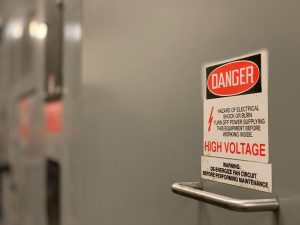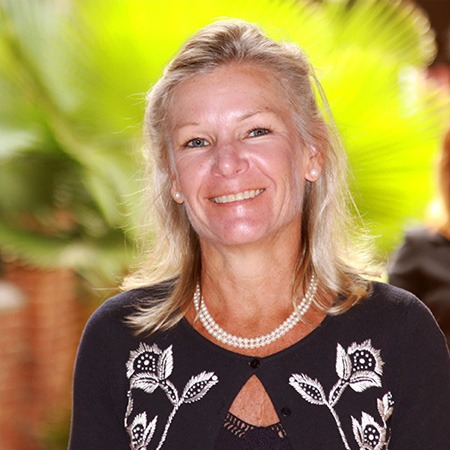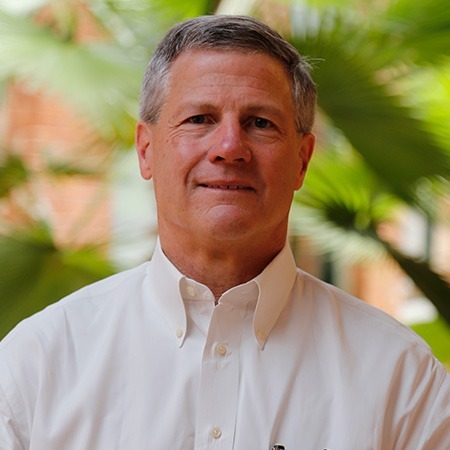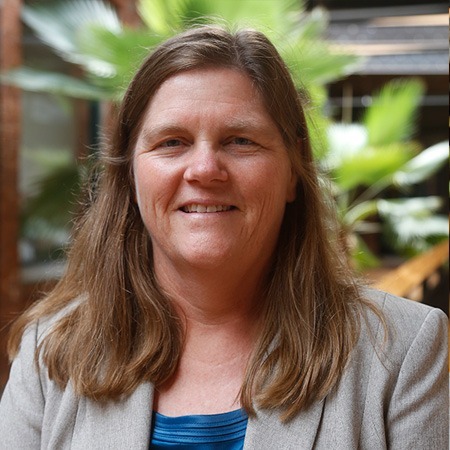Leave it to the professionals.
Posted May 8, 2020
Electrical work is best left to those who are licensed and qualified, not to do-it-yourselfers. It’s a serious business, and your life can depend on it. That is why electrocutions fall into the Occupational Safety and Health Administration’s (OSHA’s) Fatal Four. Those four perils are: workplace fatalities that involve falls; being struck by an object; being caught between objects; and electrocutions. Approximately 9 percent of all construction-related deaths per year are attributed to electrical hazards, which include: contact with overhead power lines, energized conductors, circuit parts in electrical panels and equipment panels, poorly maintained extension cords, and power tools, as well as lightning strikes. There are four main types of electrical injuries: electrocution (fatal), electric shock, burns, and falls caused as a result of contact with electrical energy.

Posting electrical safety signs protects people from shocks, but it also helps avoid costly damage to equipment and infrastructure.
There is some good news here. For the past 20 years, injuries and fatalities related to electrical work have been on a general decline in the United States. We can thank stricter operating guidelines, safer assemblies in manufacturing, increased tool fail-safes, and workplace awareness. Still, an alarming amount of people fall victim to accidents in which they are exposed to energized equipment in the home or on the job site. Those accidents include burns, electrocutions, shock, arc flashes, fires, and explosions. Some things to prevent these types of accidents include:
- Inspect all electrical equipment before and after use. Be sure to check tools for cracks or frays, and check power and extension cords for splits or exposed wires. Take any defective tools out of service for repairs or throw them away. Do not tape a tool back together.
- Double-check that energy sources are locked out, tagged out, and tried out. Make sure circuit breakers are off and that on/off switches are in the correct positions before servicing lines. Many injuries come from contacting lines above service areas too, so check your surroundings for other live wires.
- Make sure you are using the safest tools for the job. All equipment should be plugged into Ground Fault Circuit Interrupter (GFCI) outlets or cords. Tools should be properly grounded and insulated from worker exposure. Workers should wear appropriate personal protective equipment such as grounding footwear, insulating clothes, and non-conductive gloves.
Working with electricity comes with inherent hazards, even if you are a trained professional. But there are things to look for at home, whether you are qualified for not, that might let you know whether you are in danger.
- Be sure that you aren’t using indoor extension cords outside. They are normally rated for smaller energy needs, and most indoor extension cords are NOT waterproof. Using inappropriate cords in wet conditions can cause fire or death from electrocution.
- Never chain a power strip into another power strip to lengthen a cord or to increase the number of outlets. Those cords are rated for certain amperage loads and can easily overheat when too many devices are plugged in. Also, only one outlet adapter should be plugged into a single wall receptacle, and there should never be an adapter plugged into another one.
- Don’t ever remove the third prong on a plug to use with a two-prong receptacle. The third prong, used in modern power tools, is there as a safety mechanism. It provides a grounding that directs electrical current safely away from a person’s body.
By taking necessary precautions and working with electricians, the workplace and home can be protected from electrical dangers. For more information on how you can practice electric safety at home or work, visit the Electrical Safety Foundation International website.
If you would like to find out how SynTerra can help you achieve Health and Safety goals, email Health and Safety Coordinator Paul Tarquinio at ptarquinio@synterracorp.com or Environmental Services Program Director Bill Husk at bhusk@synterracorp.com.





